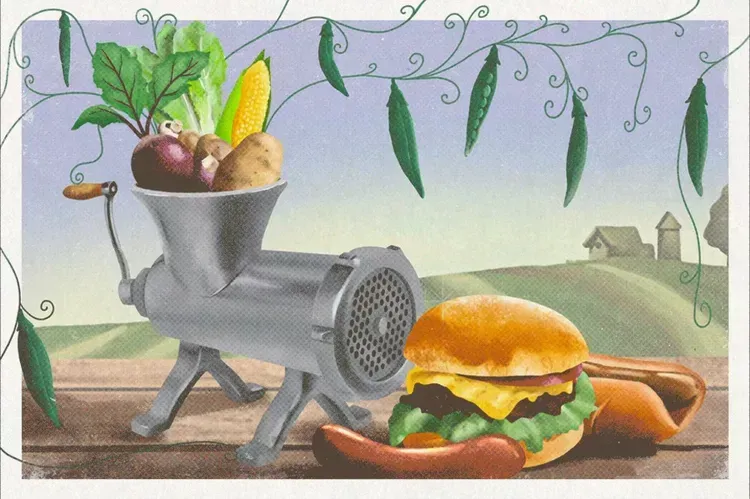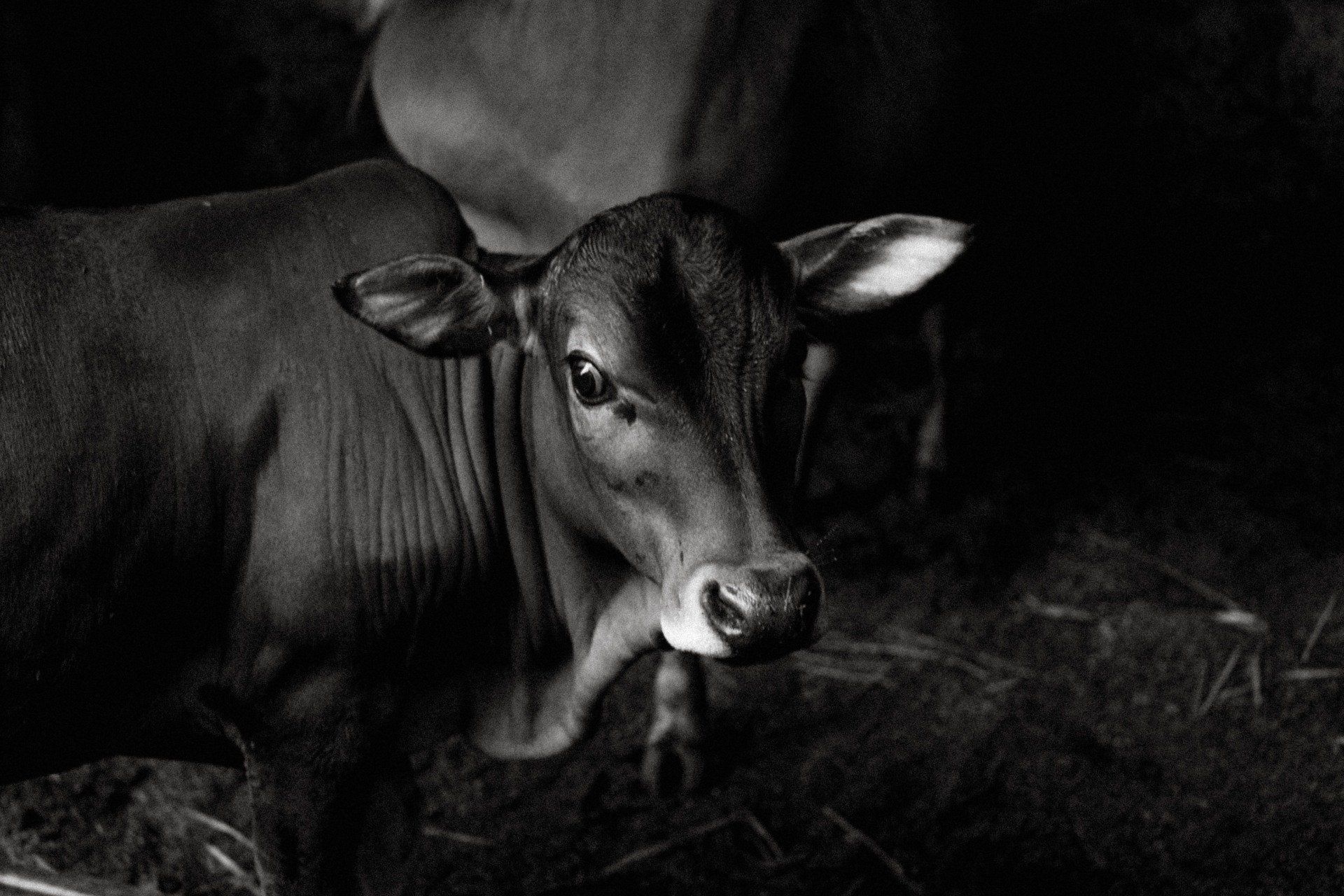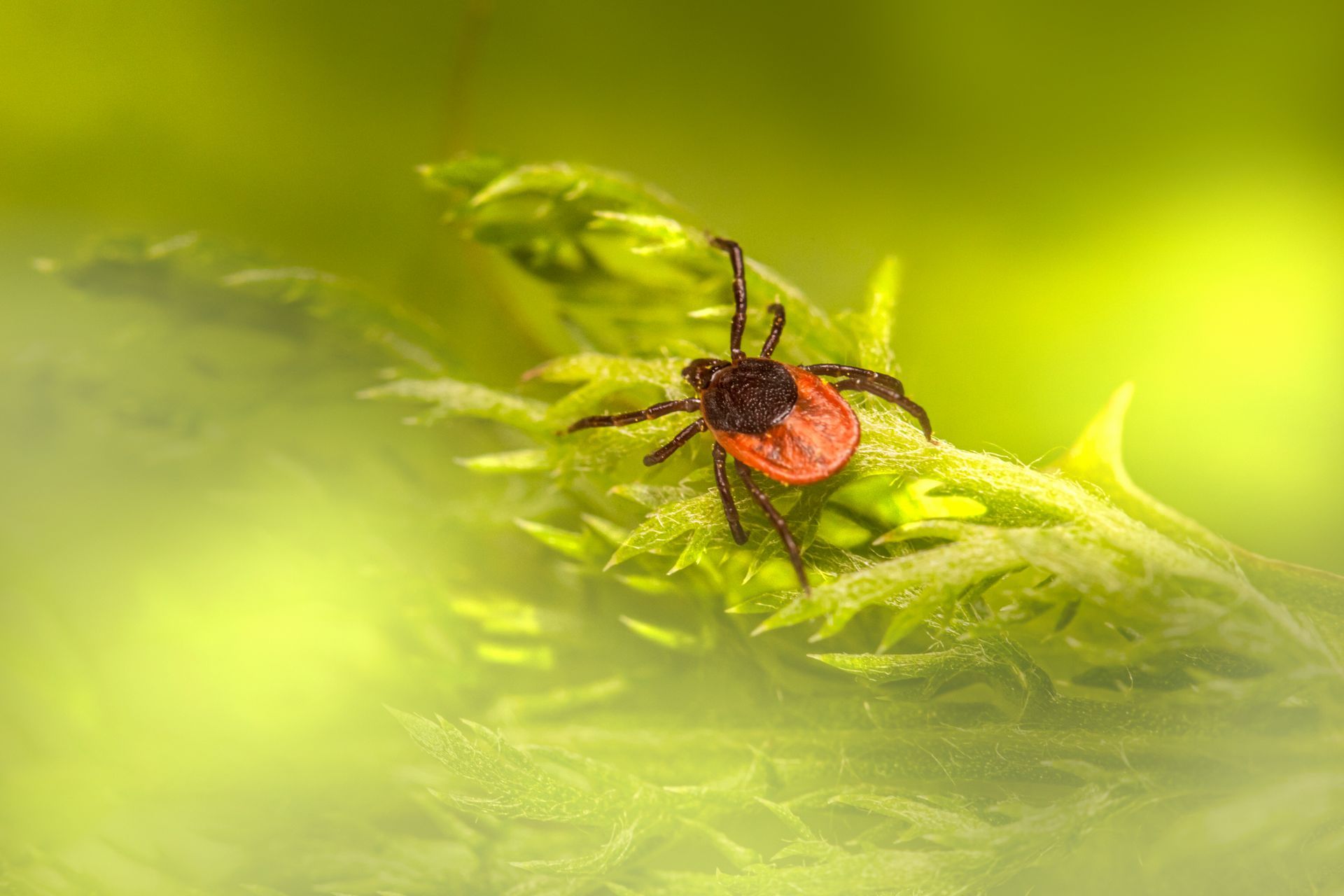Top Tips for Planting Pasture Seed in the Fall
by: Skylar Christensen
On average, a pasture-raised animal eats between 1.5 and 4 percent of its weight in forage daily. Providing enough food is the surefire way to ensure the health and profitability for your livestock.
But when the winter months come around, producing enough food can get challenging.
Thanks to freezing temperatures and unpredictable weather, it’s essential that you adequately prepare your pasture for the harsh months ahead. By planting the seed in the fall, your pasture has a better chance at surviving and providing food for the next coming months. You’re also allowing it to rest from constant grazing, giving it an opportunity to re-establish and grow.
The best way to allow rest and prepare for harsh weather is to use cool-season pasture. Cool-season pastures are types of grasses that can seed in the fall and be ready for grazing by early spring.
Some of the most popular cool-season pasture grasses are:
- Tall fescue
- Kentucky bluegrass
- Orchardgrass
- Perennial ryegrass
- Smooth bromegrass
- Timothy
However, there might be problems with fall seedings. By the time September comes around, rainfall can get unpredictable. Because of that, there’s always a chance for lack of sufficient soil moisture and time for growth before frost takes place.
To avoid as many mishaps as possible, check out these tips on planting pasture seed in the fall.
How Much Seed Do I Need?
Before figuring out how much seed you need, you need to know if you have enough pasture for your livestock. The good news is that this part is easy to figure out. The rule of thumb is 1.5 to 2 acres per pair of calves. With other livestock, you can figure out the minimum amount of pasture your animals need with this somewhat lengthy but necessary equation:
On average, a pasture-raised animal eats between 1.5 and 4 percent of its weight in forage daily. Providing enough food is the surefire way to ensure the health and profitability for your livestock.
But when the winter months come around, producing enough food can get challenging.
Thanks to freezing temperatures and unpredictable weather, it’s essential that you adequately prepare your pasture for the harsh months ahead. By planting the seed in the fall, your pasture has a better chance at surviving and providing food for the next coming months. You’re also allowing it to rest from constant grazing, giving it an opportunity to re-establish and grow.
The best way to allow rest and prepare for harsh weather is to use cool-season pasture. Cool-season pastures are types of grasses that can seed in the fall and be ready for grazing by early spring.
Some of the most popular cool-season pasture grasses are:
- Tall fescue
- Kentucky bluegrass
- Orchardgrass
- Perennial ryegrass
- Smooth bromegrass
- Timothy
However, there might be problems with fall seedings. By the time September comes around, rainfall can get unpredictable. Because of that, there’s always a chance for lack of sufficient soil moisture and time for growth before frost takes place.
To avoid as many mishaps as possible, check out these tips on planting pasture seed in the fall.
How Much Seed Do I Need?
Once that’s figured out, it’s time to determine how much you’ll have to seed. Deciding between a low seeding rate and a high seeding rate will make or break the health of your pasture. The typical rates are:
- Normal seeding rate at 20 pounds per acre
- Higher seeding rate at 30+ pounds per acre
Our recommended seeding rate is 20 lbs./acre for pasture blends using the broadcast seeding method. For drill seeding, 15 lbs./acre could be used. Single species may require more or less than 20 lbs./acre depending on seed size, planting method, etc.
Top Tips for Planting Pasture Seed in the Fall
Planting pasture seed can be a lengthy process. Many factors go into healthy pasture grass, like soil health, nutrients, water-holding capacity, and a mix of soil and fertilizers to help growth.
But sometimes planting in the fall can be tricky. Rainfall is hard to predict and there’s always a chance for an early frost. That’s why it’s not only crucial to seed at the right time, but also ensure you perform a soil test, use the correct seed variety, utilize proper seeding methods, and finally, wait for seed establishment.
Tip #1: Do An Up-To-Date Soil Test
The best thing you can do to prep for planting pasture seed is to do an up-to-date soil test.
Soil testing is vital in helping define all physical, chemical, and biological health. Knowing this helps determine which micronutrients are needed for your grass to thrive.
Healthy soil can help increase yields, reduce operating costs, improve grass maturity with higher tolerance to disease and pest damage. It can also help answer any questions about why your field is under-performing.
Tip #2: Use The Best Seed For Your Soil Type
Knowing your soil type will save you a lot of time and effort in the long run. Some seeds won’t adapt depending on the type of soil, which directly affects the water, and nutrient, holding capacity.
Choosing the best mixture is based on:
- The type of livestock
- The time of year
- The level of pasture growth
- Soil type, fertility, and pH
Your region’s climate plays a significant role in the types of grass that can grow. You wouldn’t expect to develop a coastal grass in the midlands, which is why it’s essential to know which seed variety does well in your area. You can use Nature’s Seed Seed Selector Tool and search by region.
Tip #3: Best Time to Plant
There are a couple reasons you might plant grass seed in the fall:
- Your pasture needs time to rest and grow in between grazing periods
- You are preparing for freezing temperatures ahead, and want to ensure there’s enough food
When giving your pasture time to rest, the best time to do so is when plants are actively growing. During this time, you should allow two to three months before grazing begins again.
On the other hand, if you plan on planting seed pasture for the winter, the best time to begin seeding is in the fall. You can start as early as July for some grasses, but most recommend between August and September for the best results. The key is giving enough time to establish roots so it can withstand the hardy winter ahead.
Depending on the species, you usually need 70 to 120 days of growth before temperatures drop into the low-20s.
If you’re unsure where to start or how much time certain grasses need, then you can check out the best time to plant the seed by state.
Tip #4: Use No-Till Drill Seeding
Although there are many ways to plant, no-till drill seeding is the most recommended method for overseeding existing pastures. No-till drill seeding is a method that’s been around for hundreds of years and is still used today. Instead of turning over the soil, a drill creates the separate seed furrows.
Tip #5: Allow Time
You should allow your seeds two to three months to root successfully. In doing so, you’re allowing enough good growth to guarantee they survive during winter and lower competition from weeds compared to spring seeding.
“When it’s time to plant, drill the seed and wait for the rain. The seeds will wait. When you get rain, you’ll have grass,” says Rob Kallenback, a forage specialist at the University of Missouri. “I plant every year, and have had only a couple minor failures. That’s thousands of acres.”
During this time, avoid your animals running on any growing seed. Trampling can delay growth or move grain unexpectedly. At this point, all you can do is be patient, wait for the rain, and watch your pasture grow.
This is the final step in planting pasture seed in the fall, so all you can do is wait as your seeds begin to take root.
Conclusion
Everybody knows that having a healthy pasture means healthy livestock — but it’s more than ensuring your animals are fed. By seeding correctly, you’re also reducing work for yourself, building soil fertility, reducing erosion, and helping grow disease-resistant grass.
So, whether you’re preparing for the winter or have a cool-season pasture, fall is an excellent time to begin seeding. Before seeding, make sure you:
- Do a soil test
- Use the best seed variety
- Plant at the best time
- Use no-till drill seeding
- Allow time for the seed to take
And since every pasture is different, it’s also best to check out different types of pasture seeds based on your climate and livestock needs.
You might also like
Jaynie Norman


